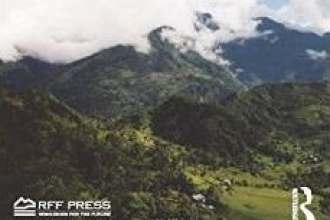Investigating the Sensitivity of Household Food Security to Agriculture-related Shocks and the Implication of Informal Social Capital and Natural Resource Capital
Resource-poor rural South Africa is characterized by high human densities due to the historic settlement patterns imposed by apartheid, high levels of poverty, under-developed markets and substantially high food insecurity. This chronic food insecurity, combined with climate and weather variability, has led to the adoption of less-conventional adaptation methods in resource-poor rural settings.
